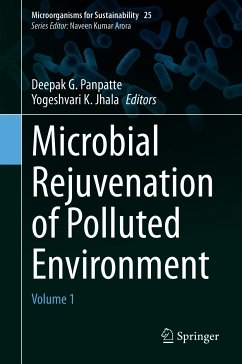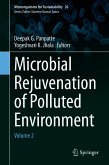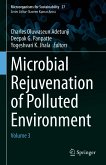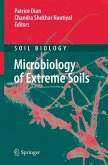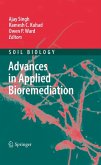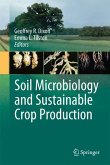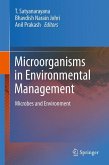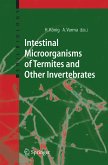Pollution is one of the most serious issues facing mankind and other life forms on earth. Environmental pollution leads to the degradation of ecosystems, loss of services, economic losses, and various other problems. The eco-friendliest approach to rejuvenating polluted ecosystems is with the help of microorganism-based bioremediation. Microorganisms are characterized by great biodiversity, genetic and metabolic machinery, and by their ability to survive, even in extremely polluted environments. As such, they are and will remain the most important tools for restoring polluted ecosystems / habitats. This three-volume book sheds light on the utilization of microorganisms and the latest technologies for cleaning up polluted sites. It also discusses the remediation or degradation of various important pollutants such as pesticides, wastewater, plastics, PAHs, oil spills etc. The book also explains the latest technologies used for the degradation of pollutants in several niche ecosystems. Given its scope, the book will be of interest to teachers, researchers, bioremediation scientists, capacity builders and policymakers. It also offers valuable additional reading material for undergraduate and graduate students of microbiology, ecology, soil science, and the environmental sciences.
Dieser Download kann aus rechtlichen Gründen nur mit Rechnungsadresse in A, B, BG, CY, CZ, D, DK, EW, E, FIN, F, GR, HR, H, IRL, I, LT, L, LR, M, NL, PL, P, R, S, SLO, SK ausgeliefert werden.

